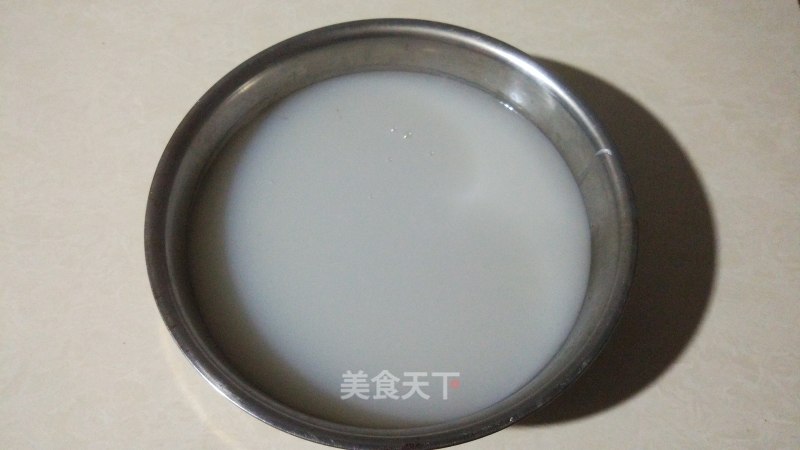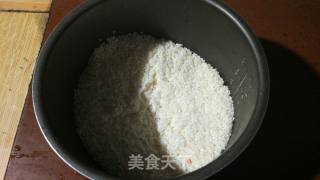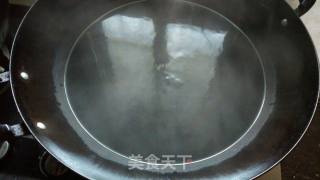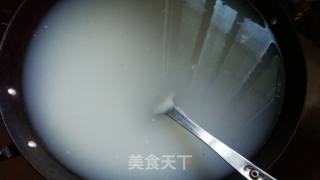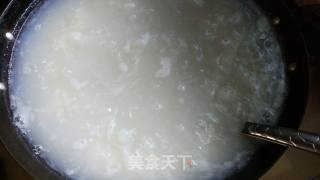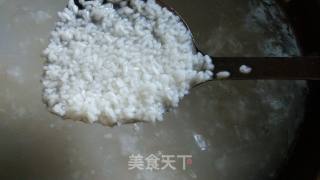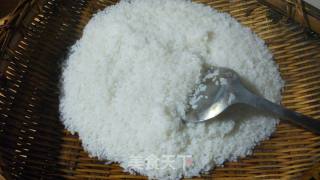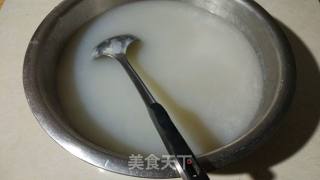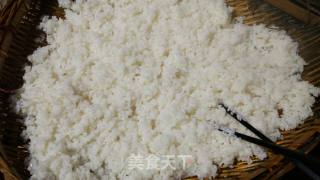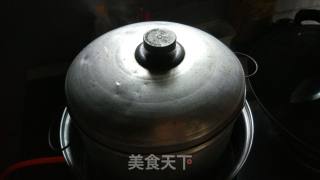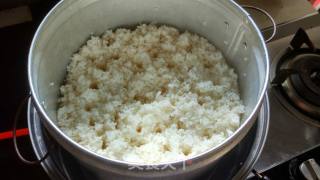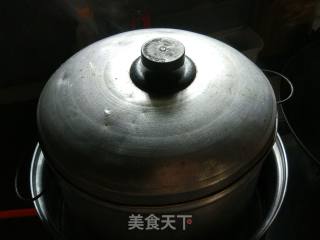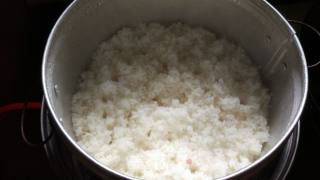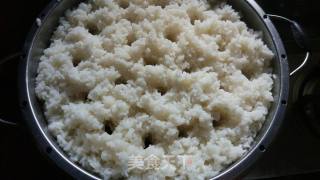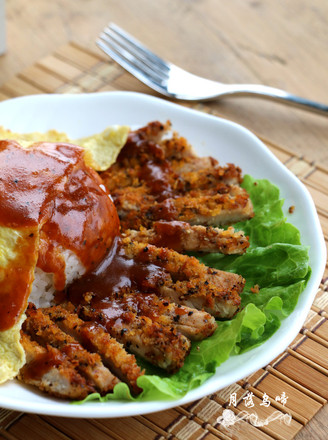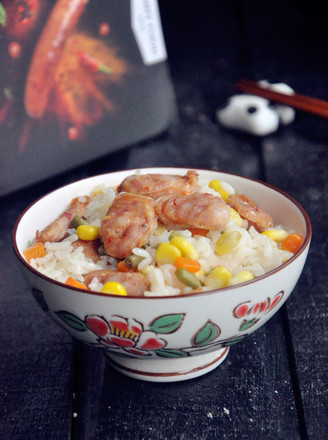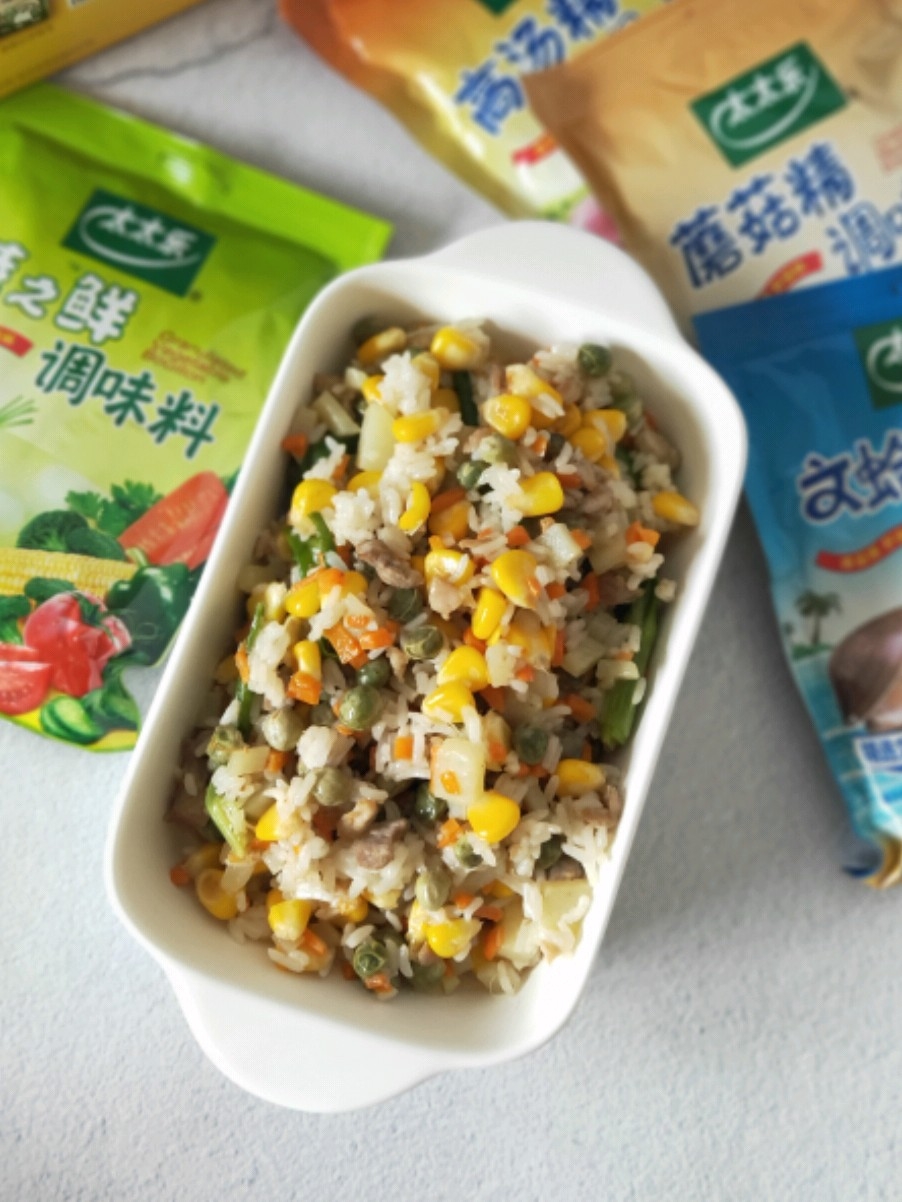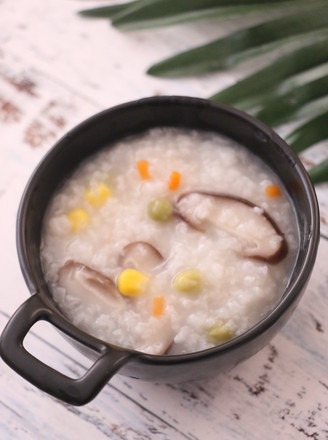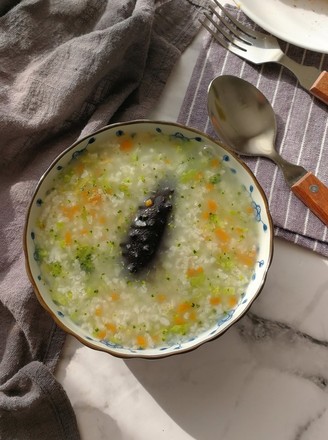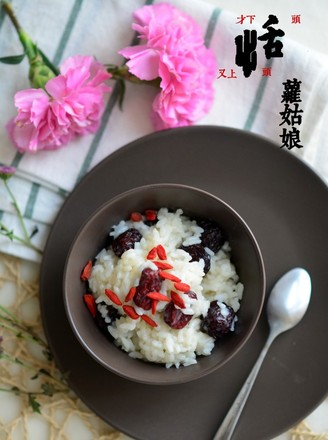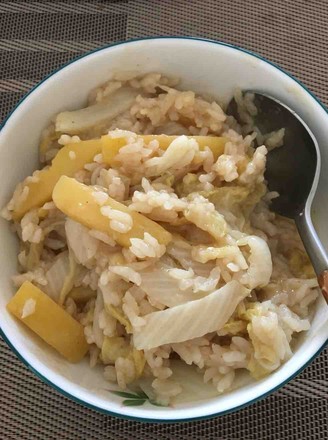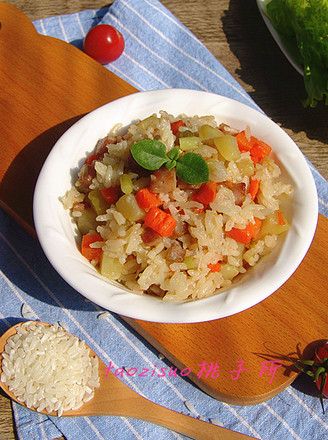Rice Milk and Steamed Rice
by Chen radon
Favorite
Difficulty
Normal
Time
20m
Serving
2
The method of cooking with raw rice is roughly divided into steaming rice, cooking rice, and cooking rice. In the past, the steamed rice with steamed seeds, the by-product of the pre-processed half-boiled rice, is rice soup (rice milk). The rice steaming method (also known as return rice) commonly used in Sichuan and Chongqing villages, generally used for large banquets due to the large number of people. Steam rice with steamed rice, the rice is soft and evacuated, and the rice is quickly and time-saving. Steaming cold rice, steaming with steamed rice is also easier.
Rice soup can be used to soak rice to relieve greasiness. Some places will make special rice, which is fried rice with various side dishes, and then soy milk, rice soup, meat soup, clear soup with a soup. (Soup and rice are more skillful, and ordinary people will not be able to blend if it is not done well. Or the taste after collocation is not unpleasant, but some are weird. If you want to make it delicious, you can learn more about it if you want to make it.) Rice soup can also be made into drinks.
With this cooking method, the rice is cooked faster than ordinary direct steaming and rice cooking in an electric rice cooker. You can also get a good by-product rice soup (rice milk). Except for the half-raw rice processing that takes five or six minutes in the first half, the whole process needs to be taken care of, but the total time is less. "
Rice soup can be used to soak rice to relieve greasiness. Some places will make special rice, which is fried rice with various side dishes, and then soy milk, rice soup, meat soup, clear soup with a soup. (Soup and rice are more skillful, and ordinary people will not be able to blend if it is not done well. Or the taste after collocation is not unpleasant, but some are weird. If you want to make it delicious, you can learn more about it if you want to make it.) Rice soup can also be made into drinks.
With this cooking method, the rice is cooked faster than ordinary direct steaming and rice cooking in an electric rice cooker. You can also get a good by-product rice soup (rice milk). Except for the half-raw rice processing that takes five or six minutes in the first half, the whole process needs to be taken care of, but the total time is less. "

